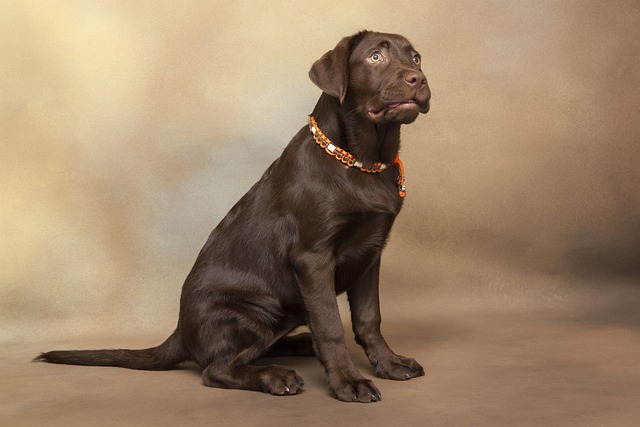
How do i train my dog to be obedient?
Watching your dog dart across the park ignoring your calls isn’t just frustrating—it can put them at risk near busy streets or public spaces.
Labrador Retrievers thrive on positive interaction, so start training as soon as you bring your pup home—ideally between 8 and 12 weeks old. Focus on short, 5-10 minute sessions; Labs get bored quickly, so keeping tasks fun helps with retention. Always have small, soft treats on hand—something like freeze-dried chicken works well, since it’s easy to carry during walks around the neighborhood.
Remember to align training with local laws: many areas require dogs to respond to "come" in public spaces, and off-leash time is only allowed in designated parks. If your Lab pulls on the leash, stop walking immediately—this teaches them that pulling doesn’t get them where they want to go. Use a firm but calm tone; Labs are sensitive to frustration, so staying patient yields better results.
Incorporate daily routines into training—ask for a "sit" before putting down their food bowl, or a "wait" before opening the front door. This turns everyday moments into learning opportunities and reinforces good behavior consistently. Avoid punishment like yelling or physical correction; it can make Labs anxious and less likely to follow commands later on.
 Socialization is key to obedience too—take your Lab to puppy classes or arrange playdates with other well-behaved dogs. This helps them learn to focus on you even when there are distractions, which is crucial for obeying commands in busy areas like dog parks or downtown streets. Make sure any socialization spot follows local health rules, like requiring up-to-date vaccinations.
Socialization is key to obedience too—take your Lab to puppy classes or arrange playdates with other well-behaved dogs. This helps them learn to focus on you even when there are distractions, which is crucial for obeying commands in busy areas like dog parks or downtown streets. Make sure any socialization spot follows local health rules, like requiring up-to-date vaccinations.
If your Lab struggles with a specific command, break it down into smaller steps. For example, teaching "stay" starts with having them sit for 2 seconds, then gradually increasing the time. Celebrate small wins with extra praise or a favorite toy—this builds their confidence and makes them eager to learn more. Check your city’s animal services website to stay updated on leash laws or training requirements that might affect your routine.
Consistency and positivity are the foundation of training a obedient Labrador Retriever. Over time, your Lab will not only follow commands but also develop a strong bond with you, making every walk and play session more enjoyable. Always keep local regulations in mind—they’re there to keep both your dog and the community safe, and integrating them into training helps create a well-behaved pet that fits right into your neighborhood.

Watching your dog dart across the park ignoring your calls isn’t just frustrating—it can put them at risk near busy streets or public spaces.

New puppy owners often find themselves rushing to clean up accidents before they set in, and that’s where puppy pad training becomes a game-changer.

If you've noticed your dog's waistline disappearing and your veterinarian has mentioned those few extra pounds, your first instinct might be to simply reduce the amount of food in their bowl.

Training a dog to use a designated spot indoors isn’t as daunting as many new owners fear, but it does take consistency and an understanding of your pet’s needs.

That moment of dread on a walk is all too familiar for many new dog owners. You see another dog approaching down the sidewalk of your neighborhood

If the sight of another dog on your neighborhood walk makes your heart sink as your own dog erupts into a frenzy of barking and lunging, you're not alone.